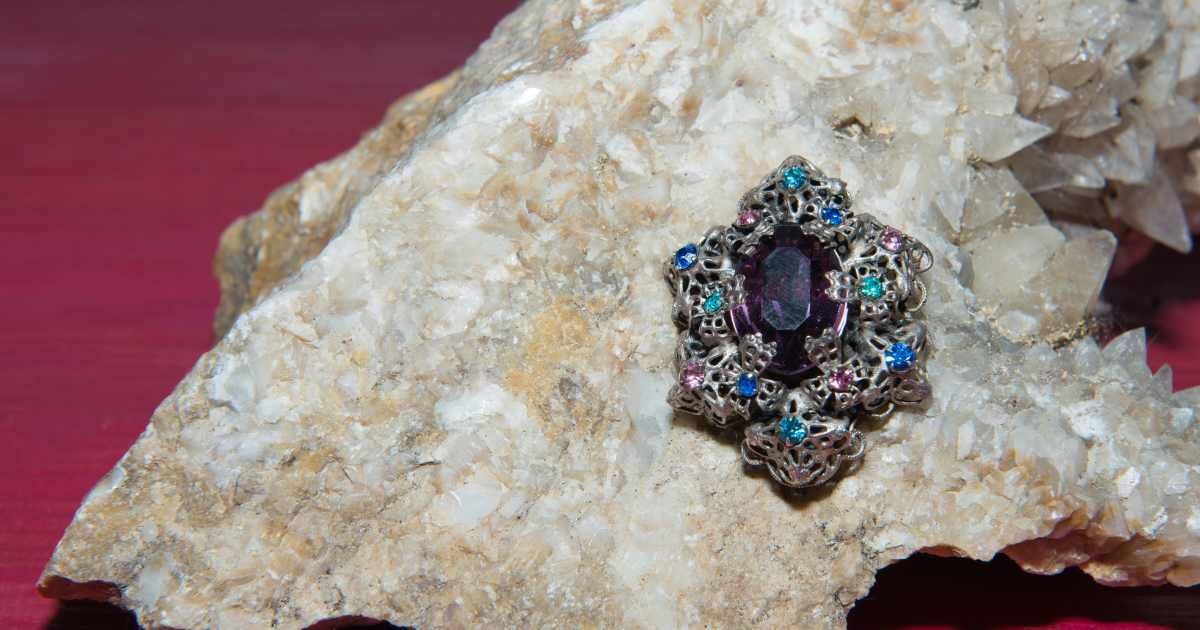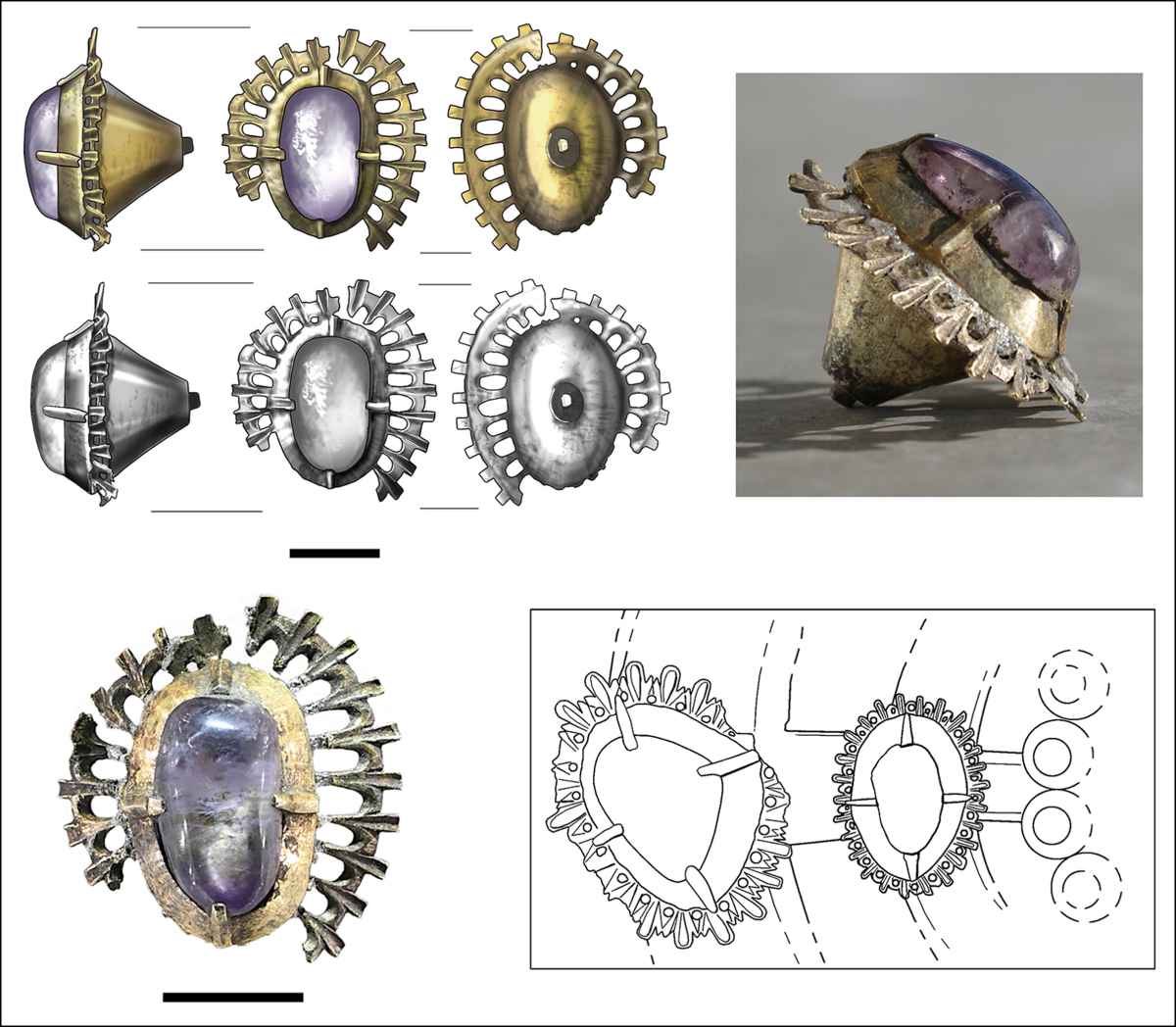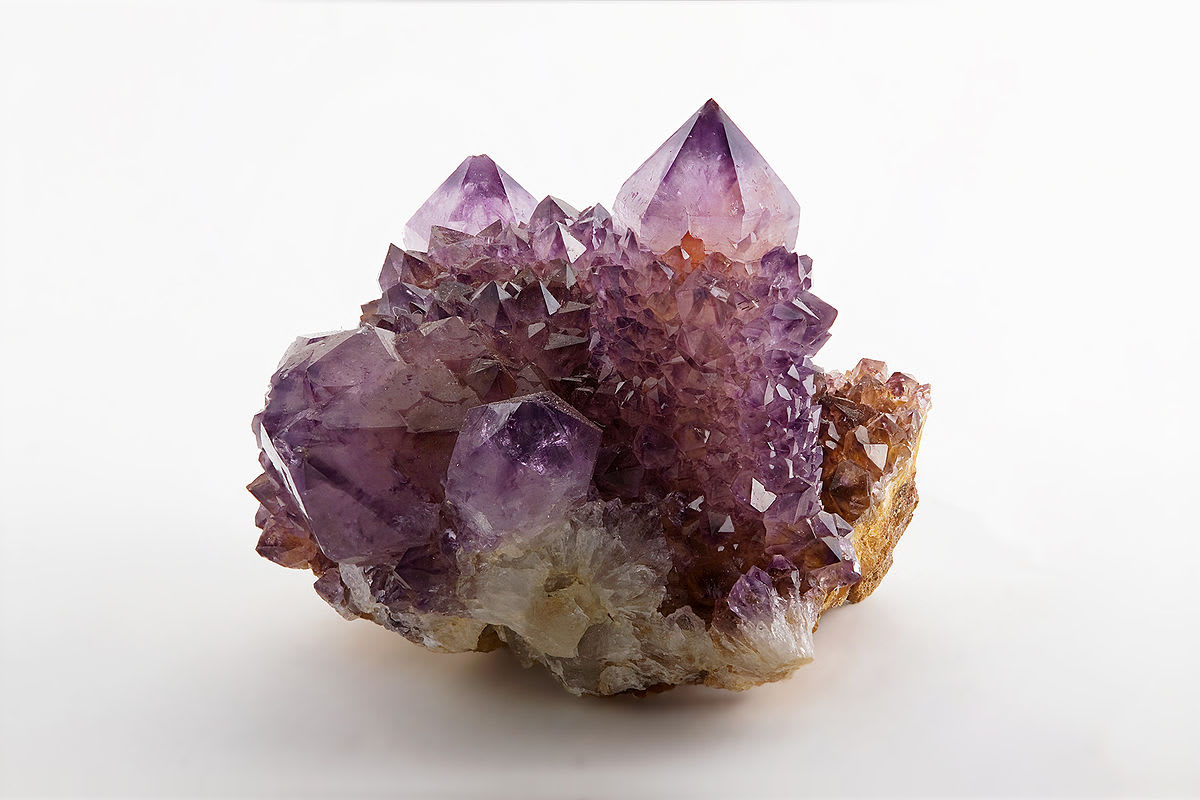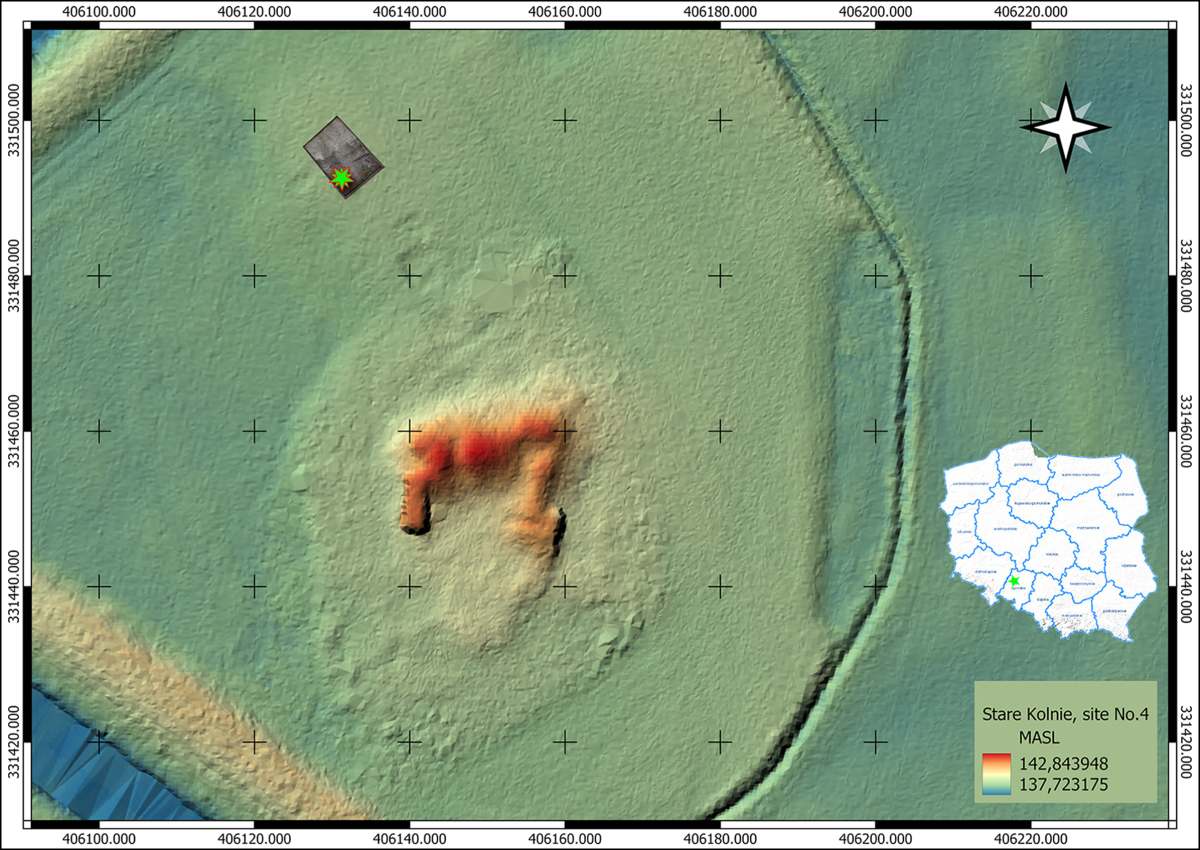600-year-old Invaluable Amethyst Dredged From a Moat of Castle Kolno in Poland Stuns Archaeologists

A stunning gem has come forth from a medieval castle in Poland. The discovery is vital as such medieval findings usually take place in hoards or tombs, but this one is in a completely different setup. This discovery has been explained in detail within a study published in the journal Antiquity. The object was spotted in the depths of a moat in Castle Kolno, Poland. Researchers believe that the item, composed of silver, mercury, and amethyst, could be from an aristocrat who possibly lost it in the castle. They further claim that the object was once part of an ornate jewelry piece, such as a brooch.

Prominence of Castle Kolno
Castle Kolno was built in the early 13th century as a fortress, according to Live Science. The building also served as Duke's palace, where the Department of Customs monitored the transportation of wood. Eventually, the owner, Duke Bolesław III of Brzeg, sold the property to some wealthy knights. During the civil wars of Silesia, Castle Kolno was completely burnt and destroyed. Since 2010, Lech Marek, an archaeologist at the University of Wrocław in Poland, and his team have been exploring the castle for historical finds. To date, they have uncovered items like cavalry objects, military artifacts, and ceramics dating back to the 14th and 15th centuries from the area.

The Gemstone
The jewelry was recovered by archaeologists by dredging the moat in the castle. Further examinations revealed the object was 600 years old and featured a gemstone as the centerpiece. Experts conducted Raman spectroscopy on this gemstone to figure out its identity. In this test, they measured the amount of laser-emitted light that bombards a particular element to determine its composition. The analysis revealed the gemstone to be an amethyst. This amethyst was set in fire-gilded silver, referring to an old metalworking technique where some other component is attached to silver. Here, the fire-gilded silver contained considerable bits of mercury.

The team believes the piece was part of an ornate jewelry, such as a brooch, but they are also not ruling out a coronet or a crown as a possible option. They found the item unique, as it was detected in an 'everyday' situation. There was no grandeur attached to it. The several features of the item, as well as the context in which it was uncovered, combine to make the discovery stand apart. This fragment of jewelry was possibly lost by someone from the elite class while traveling to or from the castle. Researchers are yet to figure out the identity of the individual.

Value of Amethyst
The presence of amethyst makes the object special, as it was a popular element in the medieval period. Amethyst was believed to have protective powers, which protected its wearer against bad dreams, captivity, cheating, intoxication, blindness, venom, enchantment, gout, and many other ailments. For some, it also represented ideals like martyrdom, faith, and modesty. The popularity was due to the symbolism attached to this gemstone, as well as factors like its availability and appearance, according to Marek. The heavy symbolic investment associated with amethyst makes experts speculate that the fragment was of high value in the past.